Hiding places for invertebrates - Hiding places & caves in the aquarium
Invertebrates like shrimps, crabs, crabs and also land hermit crabs are pretty much at the bottom of the food chain. For many birds, mammals, and even other invertebrates they are a welcome snack - even intra-species some species do not stop at each other. Crustaceans such as crabs, shrimp and prawns are very soft, especially after molting. They need time for their new shell to harden, and during this time they are extremely vulnerable. The so-called butter crab or soft shell crab may be familiar to some - it is considered a delicacy not only by animal predators because it does not have to be laboriously peeled out of its shell, but also by us humans.
Also in a species aquarium it makes sense to offer hiding places. Especially for the freshly skinned animals it is an advantage if they can hide from their conspecifics. When you consider that juveniles are molting almost daily so that their outer shell can keep up with their growth, offering hiding places is all the more obvious.
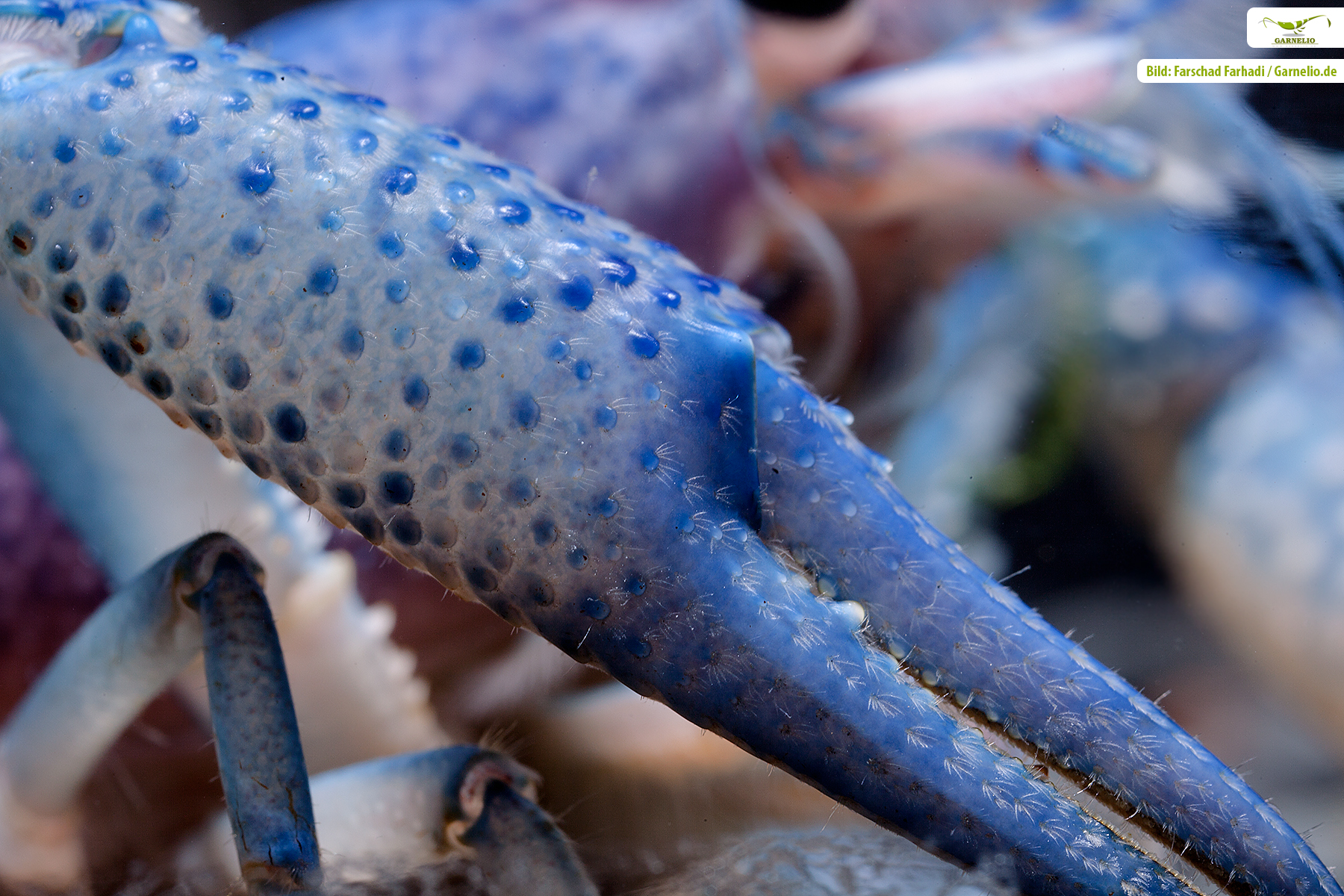
Dwarf shrimp, fan shrimp and large arm shrimp
There are many of them, they prefer to live in groups, and by instinct, the most vulnerable among them hide especially: Egg-bearing female shrimp and freshly skinned shrimp need hiding places in the aquarium, as do the small juvenile shrimp. In mosses and fine-feathered plants they find protection from potential predators, which, by the way, can also include their conspecifics. But also coconut caves, special clay tubes for shrimps and other hiding places such as small houses made of water-neutral clay are well accepted. These hiding places can be made especially pretty by binding moss or gluing it on with superglue (don't worry, the superglue won't harm the shrimp). This gives these hiding places a very natural look and they are not very noticeable in the aquarium. Foliage such as sea almond tree leaves or banana leaves can also serve as hiding places and at the same time as grazing ground for the little crawlers.
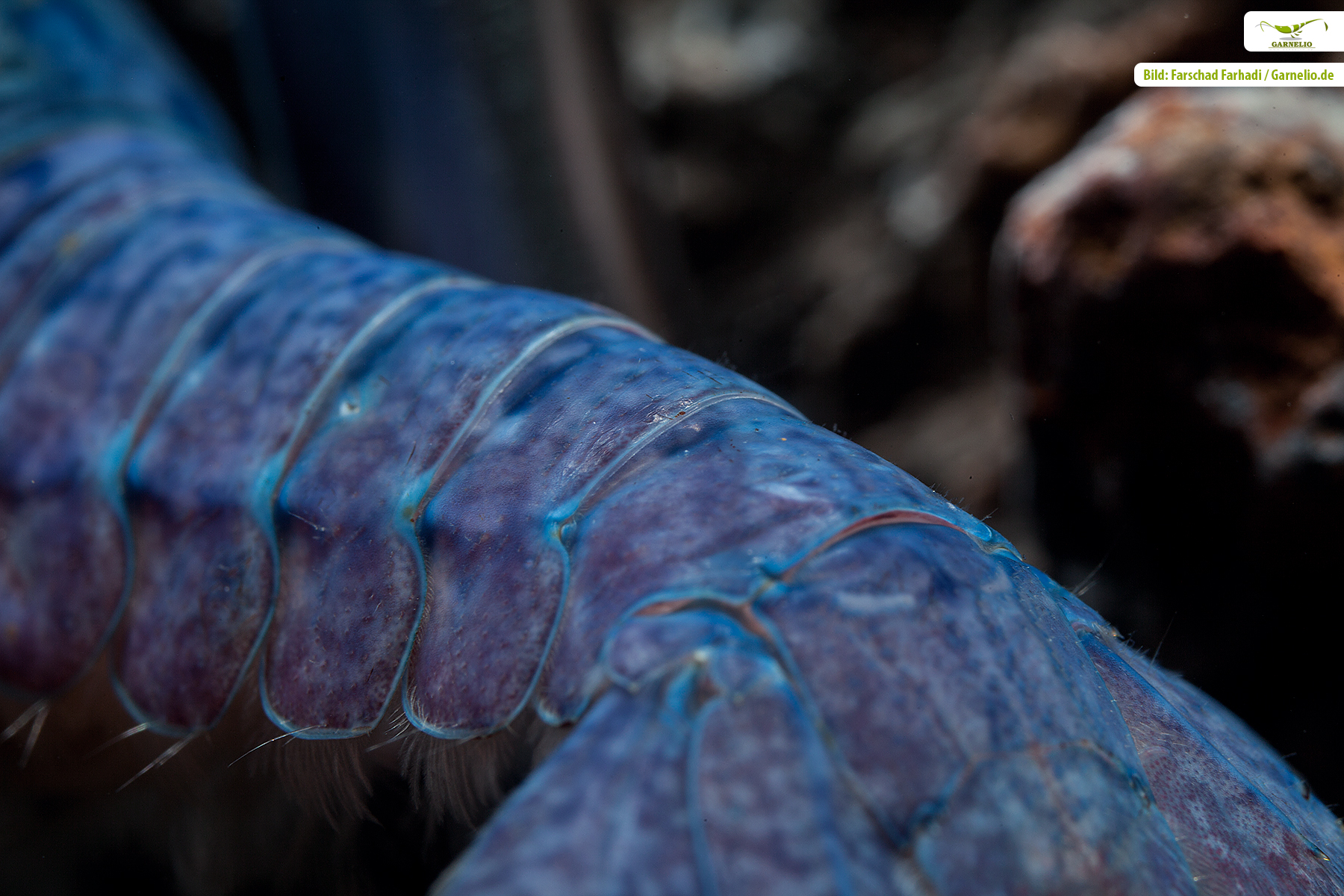
Fan shrimp, especially the large monster fan shrimp Atya gabonensis are mainly nocturnal. This is especially true when they are new to the aquarium and have yet to acclimate. They are very grateful for sufficiently large caves in the current. A small side benefit is that you can orient the caves so that you can see inside from the outside, this allows you to observe the animals even when they are hiding.
Large arm shrimp are strongly territorial and absolutely need hiding places. They also need to be able to visually avoid each other, so the aquarium must be very well structured with wood and stones. If you use shrimp tubes or crayfish burrows, you should make sure that the hiding place has more than one exit, especially for the more aggressive species (see our descriptions of the respective animals), so that inferior animals can escape if necessary.
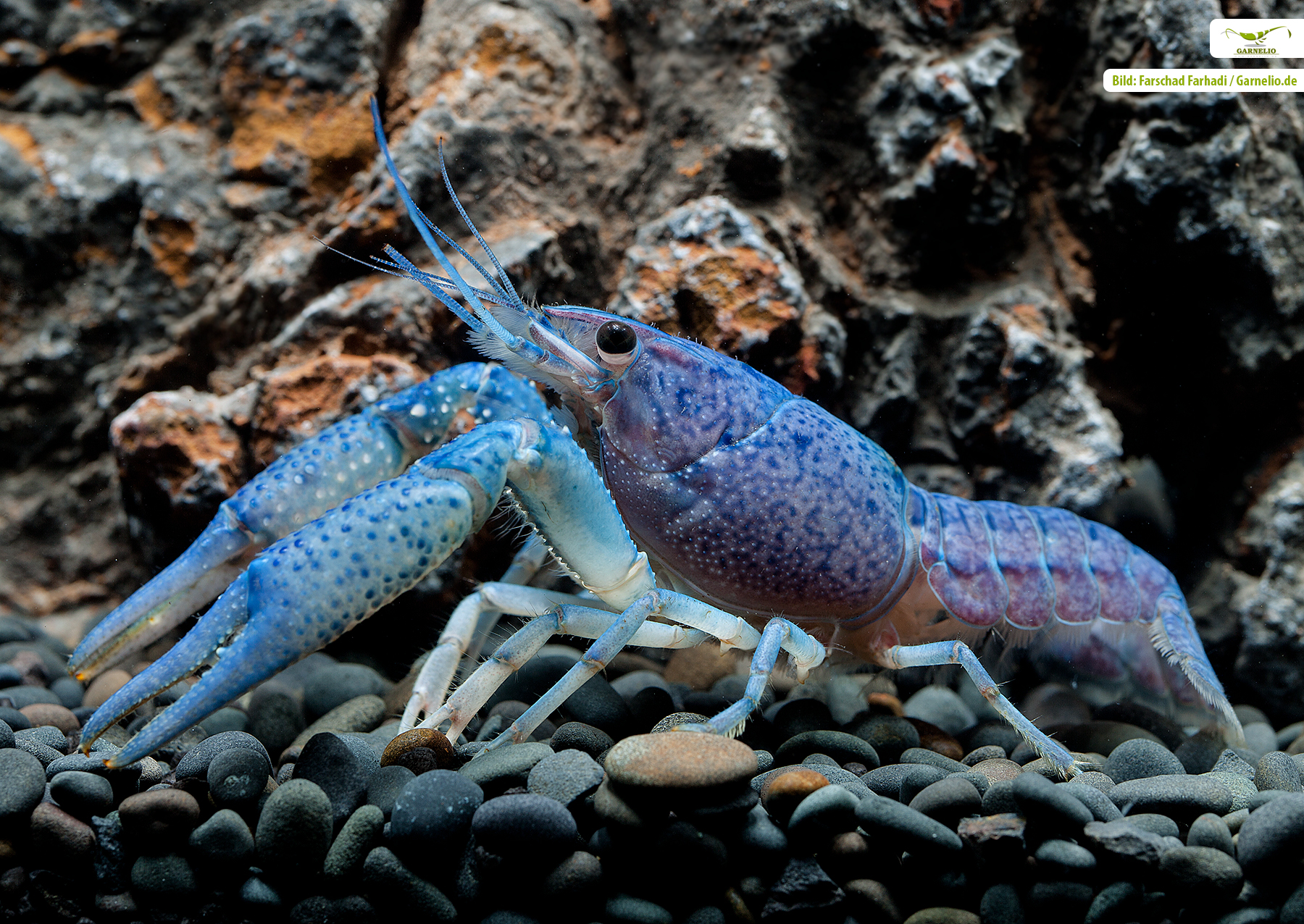
Aquarium crayfish
Crayfish also stay mainly in hiding places in nature. Most of the scissor knights are found under rocks and in burrows they have dug themselves. In the aquarium, too, crayfish are grateful for a somewhat higher, stable substrate, such as gravel, into which they can dig their short living burrows. But also roots, appropriately layered stone structures, coconut halves and special crab houses and crab tubes made of clay are very gladly accepted. Please always make sure that the decoration in the aquarium cannot be undermined (roots and stones should therefore always be placed on the glass pane or on a piece of styrofoam before filling the substrate), otherwise in the worst case the crabs can be crushed, or the decoration tips against the pane and causes breakage in the aquarium and flooding in the apartment.
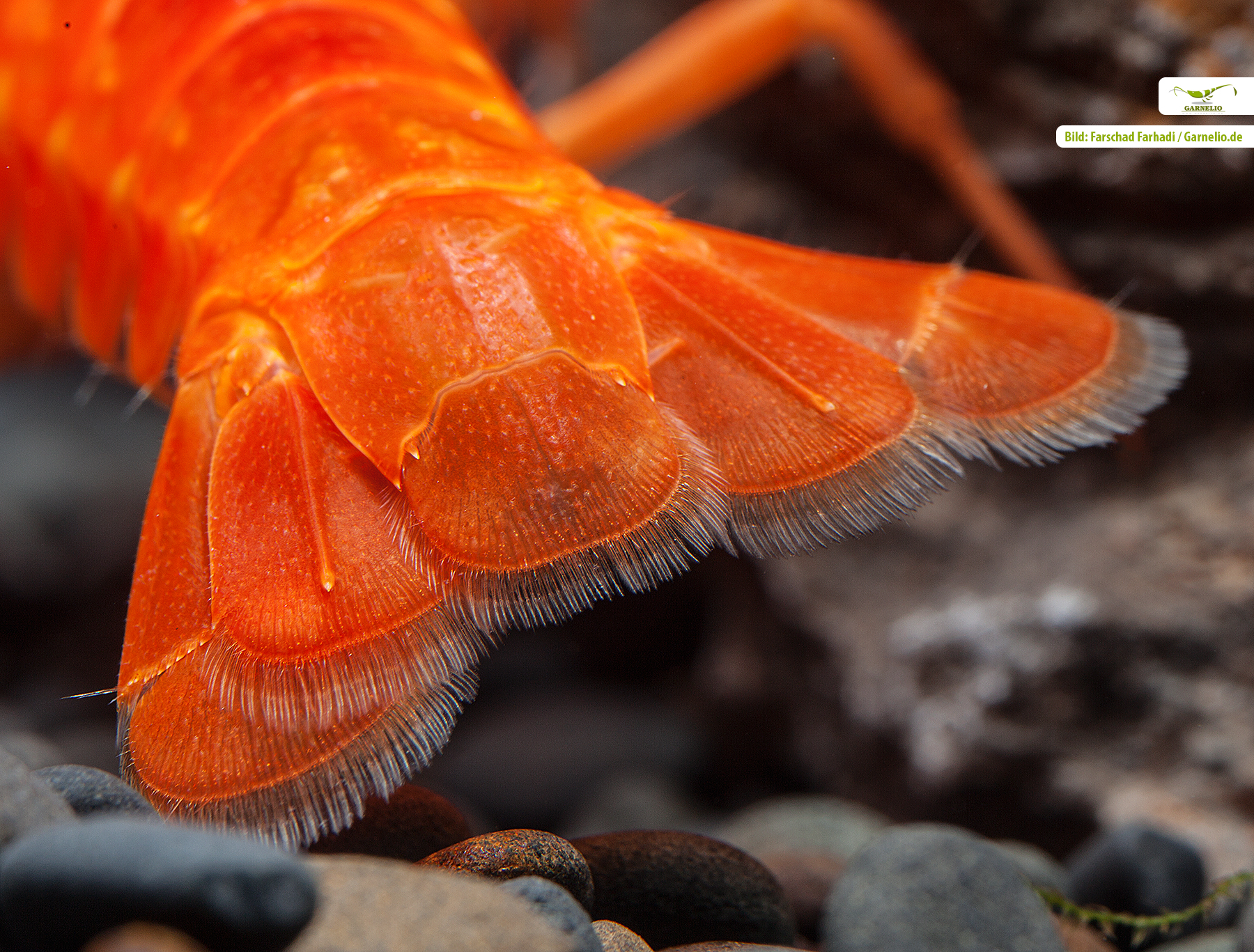
Especially large crayfish need good structures in the aquarium, so that they can avoid their conspecifics especially after a moult. Egg-bearing females also like to entrench themselves in a hiding place, often even digging up the exit or blocking it with leaves and other small objects.
Crabs
Crabs are often territorial as well and need an appropriately set up aquarium with hiding places. Here, depending on the size of the crabs, appropriate clay caves and tubes have proven successful. Half coconuts are also very nice hiding places for them. Crabs love to dig and often build their own burrows. On the land part they can do this very well in coco humus or other substrates especially suitable for wet terrariums. Again, please make sure that any deco that is burrowed under does not strike the animals or smash the terrarium glass. Depending on the crab species, the aquaterrarium can be nicely planted - see our descriptions of each species to read which species eat plants and which do not.
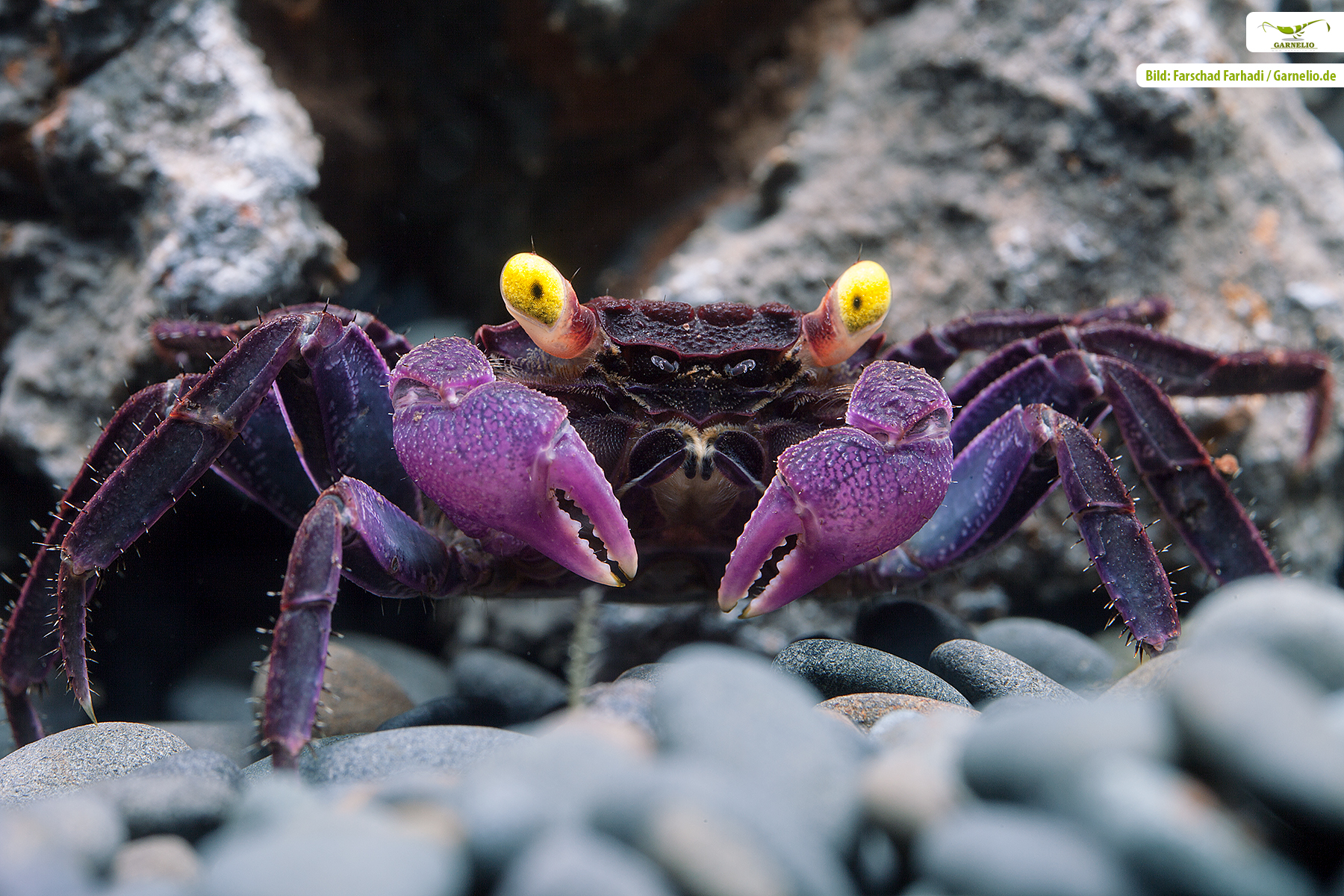
Land hermit crabs
Land hermits have the advantage of always carrying their hiding place with them. The snail shell, which protects their abdomen and gives them room for their whole body if necessary, is a pretty good shelter. Terrestrial hermits use their claws to close the shell in an almost burglar-proof manner. They only need to leave the enclosure to molt, then they like to burrow deep into the substrate. Useful hiding places in the terrarium can be provided with a substrate at least 10 cm high. However, clay caves, coconut caves and similar hiding places are also readily used, for example, when the animals want to eat in peace or avoid their conspecifics for some other reason. Two to three more hiding places than animals in the terrarium are recommended to avoid stress. Please make sure that even the land hermit crabs with the largest shell cannot get stuck in the hiding places and especially in the openings.
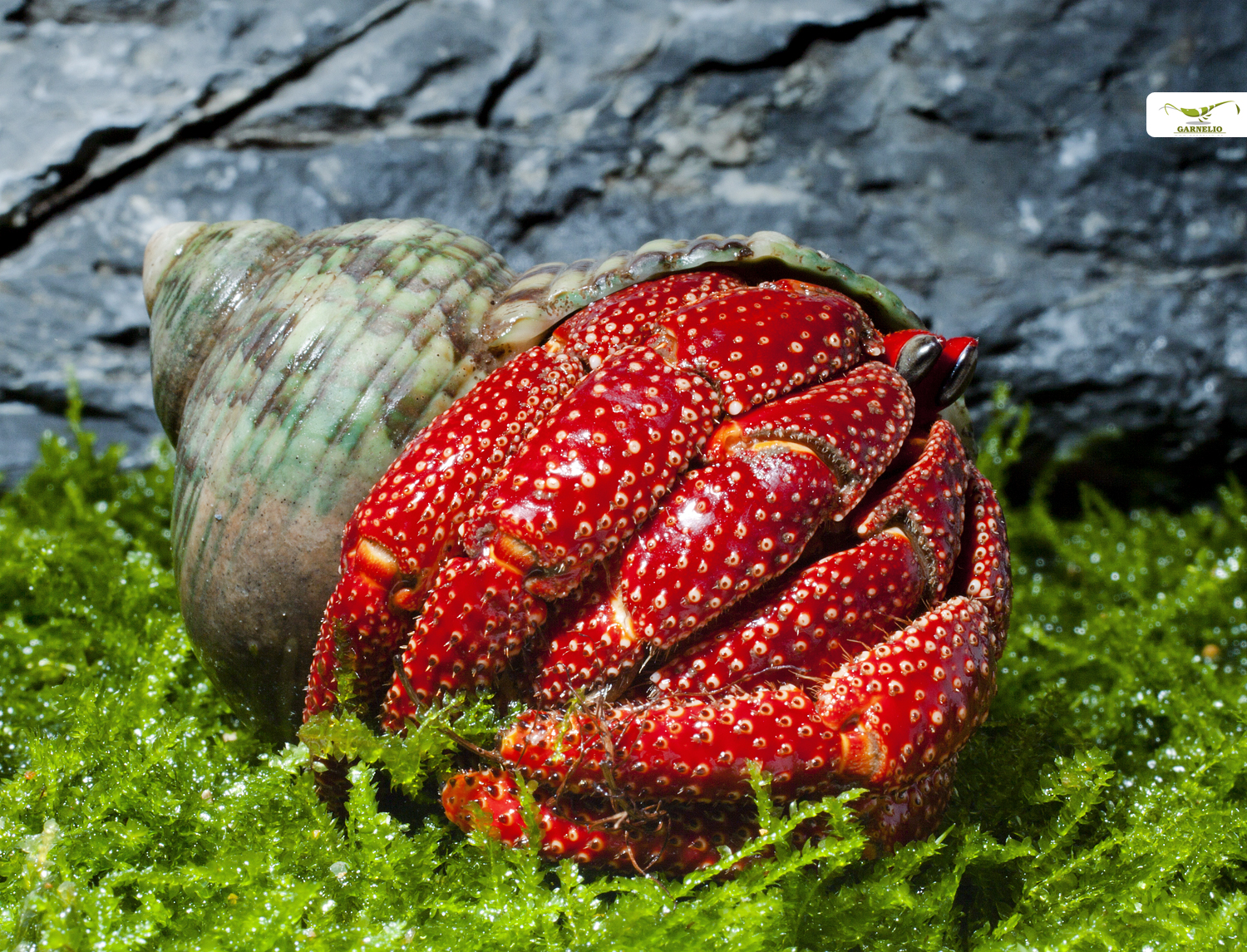

Alle gekauften Garnelen haben sich sehr gut eingelebt und erfreuen uns jeden Tag aufs Neue.
Schnelle Lieferung und gut verpackt in sehr ordentlicher Qualität sind alle bestellten Garnelen und Schnecken bei uns angekommen.